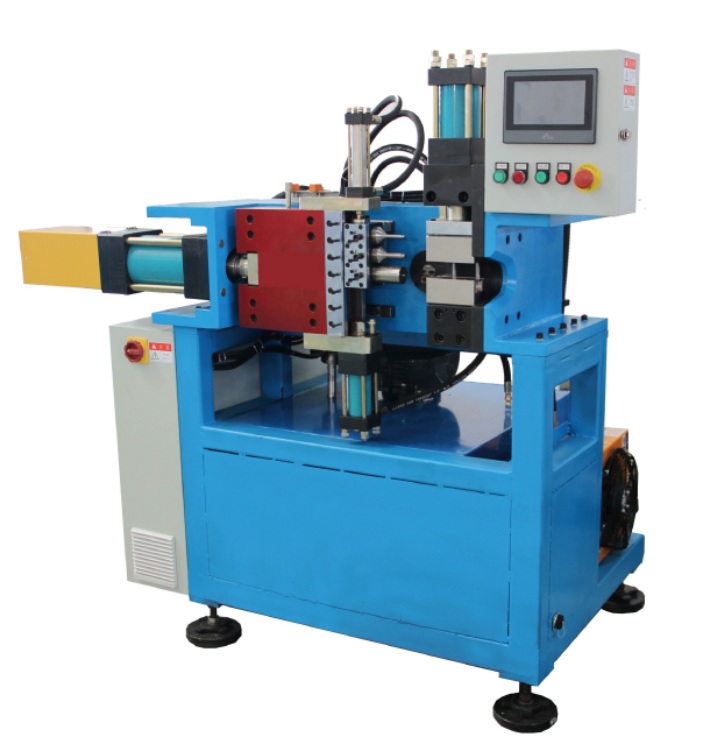
Pipe End Processing Machine
(Total 1 Products)-
Min. Order:1Automatic Pipe End Processing Machine: The quality cornerstone of pipe connectionIn the entire chain of pipe processing, end treatment is a crucial link that determines the quality of subsequent connections. The Automatic Pipe End Processing...
A Pipe End Processing Machine is a specialized device designed to refine the ends of metal, plastic, or composite pipes—trimming, beveling, threading, deburring, or chamfering them—to meet precise dimensional and surface standards. It replaces manual processing, solving issues like uneven cuts or rough edges, and is vital in plumbing, oil & gas, HVAC, and construction industries.
Core Working Process
The machine follows a 5-step automated/ semi-automated workflow:
Clamping: Pipes (diameter: 10mm–600mm) are secured in a adjustable chuck to prevent movement during processing.
Trimming: A rotating cutter trims pipe ends to the required length, ensuring flatness (±0.1mm tolerance).
Deburring/Chamfering: Abrasive tools or blades remove burrs (metal/plastic shavings) and create 45°/30° chamfers on inner/outer edges, avoiding damage to seals during assembly.
Threading (Optional): For metal pipes, a die head cuts precise threads (e.g., NPT, BSP) to enable screw connections—thread depth is adjustable via a digital control panel.
Polishing (Optional): Soft abrasive pads smooth outer surfaces of plastic/ stainless steel pipes for aesthetic or hygiene needs (e.g., food-grade pipes).
Key Advantages
Precision: Ensures uniform end dimensions and smooth edges, critical for leak-free joints (e.g., in gas pipelines) or tight fits (e.g., HVAC tubing).
Efficiency: Processes 10–50 pipes/hour (depending on size), 2–4x faster than manual grinding/threading, ideal for batch production.
Versatility: Interchangeable tool heads adapt to pipe materials (steel, PVC, copper) and processing needs (trimming only, full threading + chamfering).
Safety: Enclosed processing chambers reduce exposure to metal shavings; emergency stops halt operation if pipes shift.
Typical Applications
Oil & Gas: Beveling and threading steel pipes for pipeline connections, ensuring pressure resistance (up to 10,000 psi).
Plumbing: Trimming and chamfering PVC/copper pipes for faucet/toilet installations, preventing O-ring tears.
Construction: Threading steel pipes for building water supply lines or structural supports (e.g., scaffolding pipes).
Food & Beverage: Polishing stainless steel pipes to meet hygiene standards, avoiding residue buildup in beverage transport lines.
Operational Tips
Tool Calibration: Check cutter/thread die sharpness daily; replace worn tools to avoid rough edges.
Material Setup: Match chuck size to pipe diameter—over-tightening may deform plastic pipes; under-tightening causes misalignment.
Maintenance: Clean tool heads after use; lubricate threading die heads weekly to prevent rust (for metal tools).
In essence, the pipe end processing machine guarantees pipe end quality, enabling reliable assembly and long-term performance—making it indispensable for industries dependent on secure, leak-free pipe systems.

Pipe End Processing Machine
Pipe end processing machines are specialized industrial tools designed to refine, shape, and prepare the ends of pipes or tubes for seamless integration into various systems. These machines perform critical operations such as cutting, bevelling, threading, flaring, and deburring, ensuring precise dimensions and optimal functionality in applications ranging from plumbing and HVAC to automotive and aerospace.
